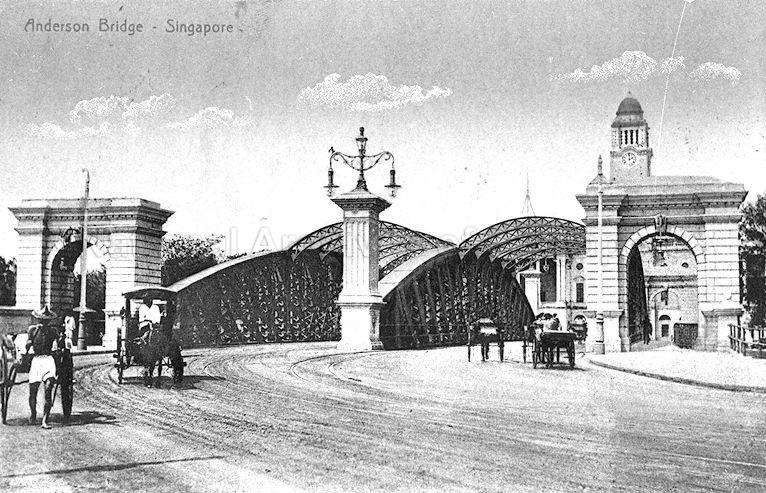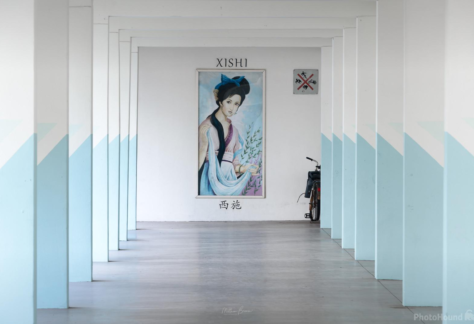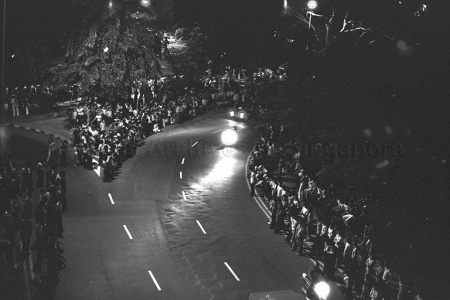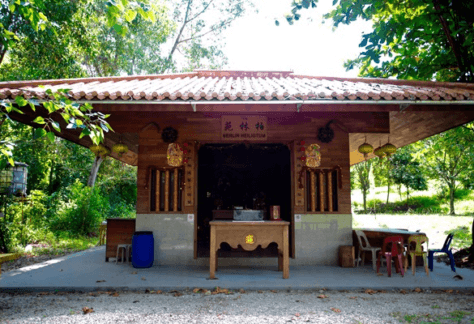exploringsingapore is exclusive ExplorerSG mini series where we reveal some of the lesser-known places, facts and history of Singapore.
Completed in 1910, the majestic Anderson Bridge was built to alleviate traffic on the adjacent Cavenagh bridge — the oldest existing bridge in Singapore. It was named after the Governor of the Straits Settlements and High Commissioner for the Federated Malay States, Sir John Anderson who officiated the opening of the bridge on 12 March 1910.
The structure, which spans 61 metre long and 24.5 metre wide, comprises three main steel arches stretching over both ends and support steel ribs across them. The main structural components were imported from Britain while other steelworks such as the bronze lamps and iron castings were handmade in Singapore.





